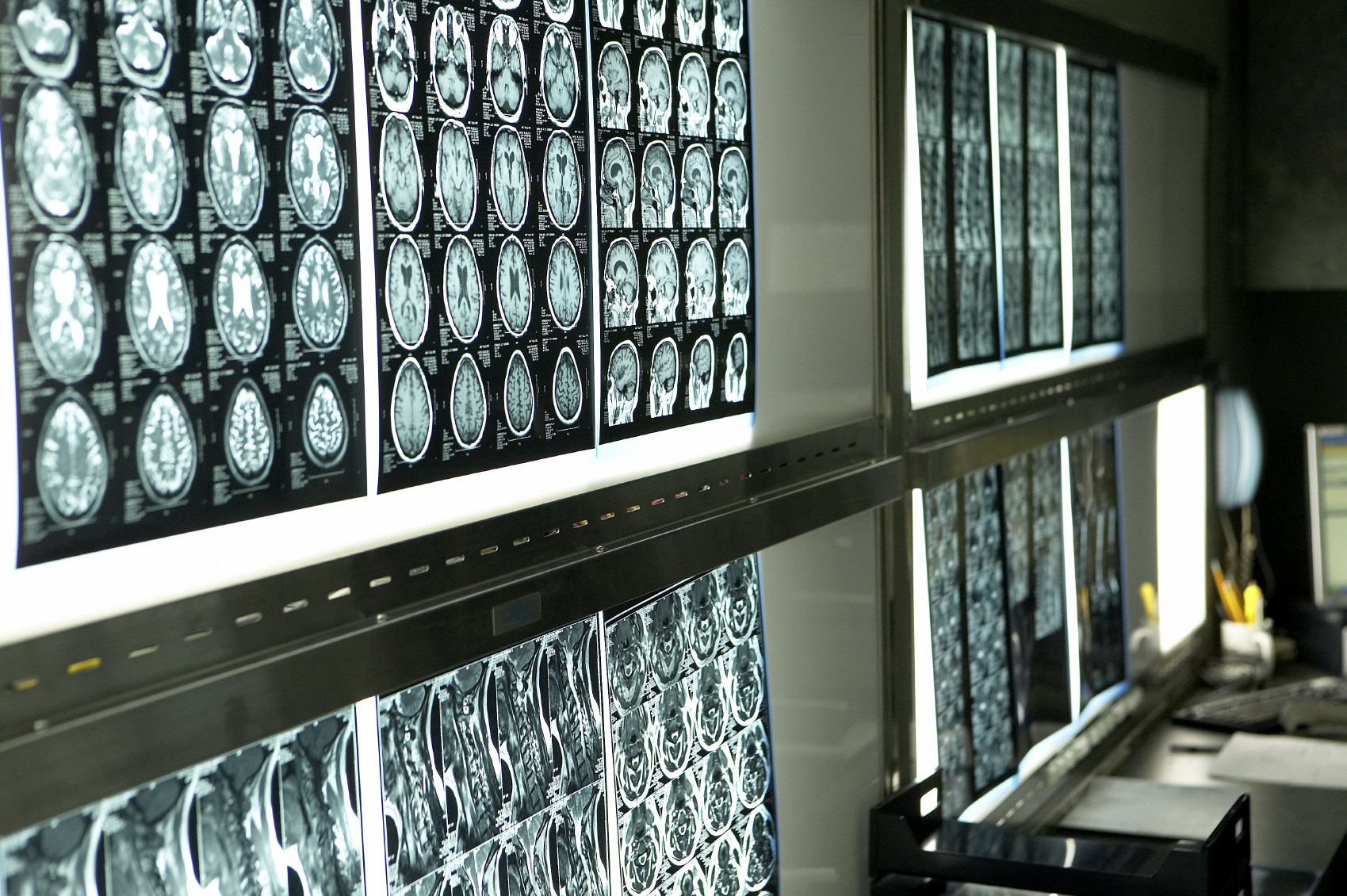The benefits of hospital device connectivity
According to the Royal College of Nursing, nurses in the UK spend an estimated 2.5 million hours a week filling out “non-essential” paperwork. By implementing IoT-enabled medical devices, data on a patient’s vital signs and intake of medication can be collected and monitored in real-time. Not only is the safety of care improved, the time and cost required to collect and chart data is greatly reduced. IoT-enabling medical devices can allow nurses to spend more time on direct care and interaction with patients, helping to improve the quality of nursing.
Electronic Medical Record (EMR) systems serve as the data backbone for Clinical Decision Support (CDS). CDS helps doctors with diagnosis and decision-making tasks, such as drug selection and dosing. IoT enablement of devices connected to the EMR, allows doctors and nurses to receive alerts that help improve patient care – whether it is a lab test that is being duplicated, the supplies of a drug running low, or a patient condition that may require immediate attention. The bottom line is that when doctors and nurses are able to access real-time information faster, patients benefit, says Daryl Miller, VP of engineering, Lantronix.
Today’s hospitals are also exploring the benefits of IoT-connected medical devices in ensuring quality of care after a patient leaves the hospital. More and more healthcare facilities are experimenting with using connected medical devices and the Internet to manage and monitor patient conditions and prevention of hospital readmissions. This could cut healthcare costs significantly over the next few years, by allowing more patients to be treated at home or allowing patients in remote locations to have access to medical experts outside of their area.
The challenges of hospital device connectivity
One of the main challenges is to ensure that all the devices speak the same language as the network – in other words, that the data collected can be read and understood. Historically, hospitals have dealt with this one device at a time – but this is becoming increasingly difficult due to the growing number of networked devices. Solutions that allow for disparate devices to communicate on a single platform help healthcare organisations reduce the cost of deploying an IoT solution by leveraging existing equipment.
Connectivity is critical. Devices need to be compatible with the wireless band used by the hospital and support changing Wi-Fi standards. The most commonly used band is 2.4 GHz, but 5 GHz is becoming increasingly popular due to its superior performance in the hospital environment. This is due in large part to fewer devices operating at this frequency.
Another fundamental issue is security. Whether collected manually or automated, patient data and information must be kept private and secure. This is not only a legal requirement but one that all of us would expect from a health care provider or facility. There is an alphabet soup of security protocols for all forms of computer interactions. It is important that the data be secured from end to end and that systems handling the information be kept up to date so that vulnerabilities are minimised. In the medical industry, we’re seeing a number of healthcare organisations require government-grade cyber security protocols, like FIPS 140-2, to ensure that patient’s information is kept secure and private.
The benefits of medical device connectivity cannot be overlooked, and the first steps have already been taken to replace devices that were formerly only mechanical or adding connectivity to existing devices. Getting those devices on to the network takes a lot of expertise and hospitals and vendors have to work together closely to reap the benefits a connected hospital can have for itself and its patients.
The author of this blog is Daryl Miller, VP of engineering, Lantronix
Comment on this article below or via Twitter: @M2MNow OR @jcm2m










